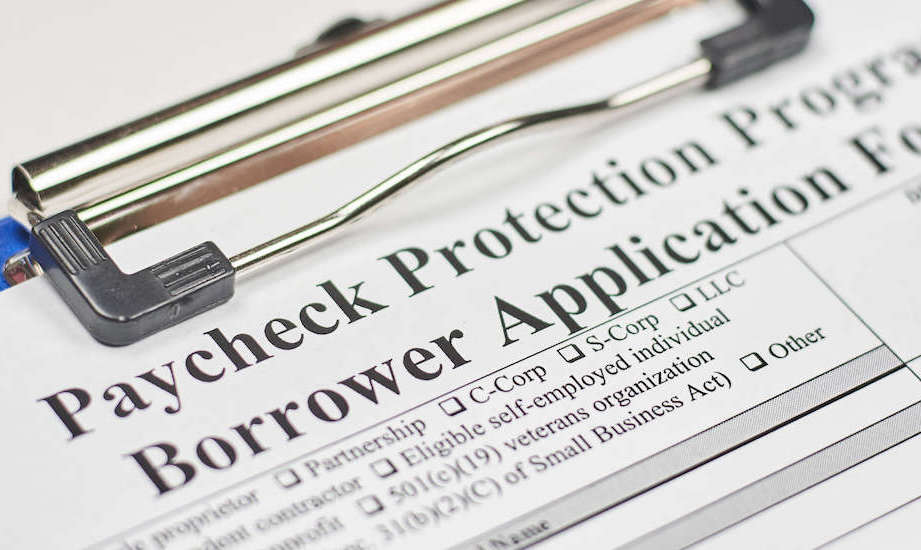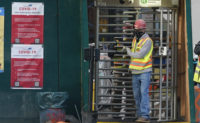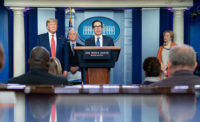Midway through the second draw from the Paycheck Protection Program, the Biden administration has announced it is temporarily limiting the application process to focus on small businesses. For 14 days, starting Feb. 24, only businesses with fewer than 20 employees can apply for the program.
In announcing the change on Feb. 22, President Biden said helping small businesses is critical to economic recovery. “Small businesses are the engines of our economic progress,” he said. “They’re the glue and the heart and soul of our communities, but they’re getting crushed. Since the beginning of this pandemic, 400,000 small businesses have closed—400,000—and millions more are hanging by a thread.”
Companies seeking loans of less than $150,000 can fill out a simplified one-page loan- forgiveness certification form.
The initial PPP draw in April 2020 drew some criticism after large businesses received loans and some small businesses struggled with the process. For the latest $285-million draw, the program guidance was adjusted to put more emphasis on small- and medium-sized businesses.
In the current draw, only businesses with 300 or fewer employees can participate, down from a limit of 500 in the first draw. Total loan amount is also capped at $2 million, down from $5 million previously.
Companies seeking loans of less than $150,000 can fill out a simplified one-page loan forgiveness certification form. The second draw also set aside $25 billion for borrowers with 10 or fewer employees.
Sen. Ben Cardin (D-Md.), who chairs the Senate Committee on Small Business & Entrepreneurship, praised the temporary focus on small firms, noting that it would also benefit minority and disadvantaged businesses.
“The changes announced by the Biden-Harris Administration today will make PPP a much more equitable program and provide relief to the millions of Black- and Latino-owned small businesses that were left out of, or underfunded, during previous rounds of relief,” Cardin said.
Once the two-week period ends, the program will open back up to all eligible businesses until the end of March, leaving those applicants roughly three weeks to apply.
The Struggle Continues
Jack Callahan, a partner in accountant CohnReznick’s construction practice, says the decision comes as many mid-sized contractors continue to struggle. While he says small businesses do need help navigating the PPP process, he questions the necessity to limit the program.
“There seems to be enough money in the plan that they didn’t need to preclude others,” he said.
Brian Turmail, spokesperson for Associated General Contractors of America, said he agrees that funding is very unlikely to run out during the two-week window. “We appreciate why he did it,” he says. “We have not heard and concern from our members that the funds will be exhausted in that period.”
Since opening for applications on Jan. 11, the current PPP has experienced some hiccups.
On Feb. 3, the American Institute of CPAs sent a letter to the Small Business Administration raising concerns about the challenges faced by small businesses with the current PPP loan application system. AICPA noted that changes in the online application forms were causing confusion and resulting in applications being denied.
For example, the current draw required applicants to use EIN numbers instead of social security number. This caused a problem for applicants who used a social security number for application to the first PPP program and were required to declare that they are applied for the first round.
To address the concern, the SBA announced on February 10 that lenders could directly certify eligibility of borrowers for first draw and second draw PPP loan applications with validation errors “to ensure businesses who need funds and are eligible receive them as quickly as possible.”
At that time, the SBA said $104 billion in PPP funds had been approved to more than 1.3 million small businesses with 82% of all loans going to businesses requesting less than $100,000.




Post a comment to this article
Report Abusive Comment